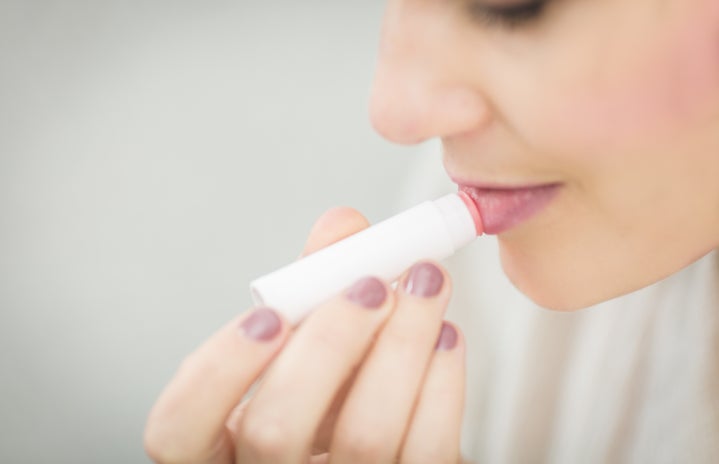What is Retinol?
I’m sure you have heard or read the word Retinol in the last year, whether on a skincare Instagram or in a Sephora, but do you actually know what it means? Well, contrary to popular opinion, Retinol is not some miraculous ingredient that just popped into the skincare world! It has actually been around for quite some time. You see Retinoids are actually a family of chemicals which are chemically related to the infamous Vitamin A! It is naturally occurring in the skin and is paramount to support the skin, eyes, reproductive system, and immune system. Both Retinoids and Vitamin A can be found all over the human body and work to repair tissue and improve immune function. While Retinoids are a family of chemicals, Retinol is the most common type used in skincare products. Retinol is usually a topical product which utilizes the enzymes in your skin to break down into retinoic acid. Because it has to break down, Retinol is considered relatively gentle based on the slow results and few side effects. In comparison, if you used a product with retinoic acid instead of Retinol, the results would be much faster, but you would experience more side effects due to the strength!
What does Retinol do?
To lower confusion on what Retinol is, there have been many misconceptions flying around about what it does for your skin. While it may not be the fountain of youth, it does a lot for your skin including; boosting collagen, plumping the skin, reducing fine lines and wrinkles, improving skin tone, and preventing acne. The most important though is also the top reason for use, preventing wrinkles. Because of Retinol’s collagen-boosting abilities, it not only works to smooth old wrinkles, but the creation of collagen prevents new ones from forming!
Who should use Retinol?
Retinol sounds terrific, right, it brightens your skin, treats your acne, and even prevents you from ever getting wrinkles! Well, not quite. Just like anything else in the world too much Retinol is not a good thing, this is why age plays a huge part in when you should start using it. Let’s say you start using Retinol every other day at 16 years old, you may have fantastic skin for a couple of years. However, when you turn 30, you may start to notice wrinkles on your forehead and some light crows’ feet around your eyes. This doesn’t mean the Retinol doesn’t work per se, it just means your skin has become immune to it. Similarly, to an antibiotic immunity, your skin can become immune to certain products, making it useless for you, and Retinol is one of them. Therefore, most dermatologists recommend waiting until your early 20’s to start using Retinol. If you’re 18 or 19 and just can’t wait that’s okay just try to implement a biweekly or every three days regimen.
Which Retinol is right for me?
If you’re at a point where you feel comfortable introducing a Retinol or even Vitamin A into your skincare routine, you may be feeling overwhelmed by all of the options. Almost every company from Drunk Elephant to The Ordinary has a Retinol product, so it’s completely okay to feel overwhelmed. Personally, no matter your skin type, I would recommend starting with a Vitamin A or low concentration Retinol to start off slow. Two great ones to start with are The Ordinary’s Granactive Retinoid 2% Emulsion or lesser-known A313 Vitamin A Pommade. If you’re looking for something a little more inexpensive, the Ordinary’s Retinol is an excellent choice as it contains retinoid active but is also only a 2% concentration. On the other hand, A313 is a French cult product, and a personal favorite, because of the light but emulsifying formula and the use of Vitamin A instead of Retinol, which is a smoother transition.
How should I use Retinol?
Due to the nature of Retinol and Vitamin A using these products can take some getting used to. Therefore, I have compiled so do’s and don’ts for the process:
Do– start light and work your way up to a more powerful retinol.
Don’t– use too much at once, you should use a pea-sized amount each time
Do– make sure your skin is completely dry before applying, as Vitamin A does not react well to water
Don’t– skip out on sunscreen while using it as it may compromise your skins protective barrier
Do– only use at night
Don’t– use it randomly as your skin needs to get used to it
Do– expect itching, flaking, or purging of your skin the first week or so
In addition to the do’s and don’ts you should make a schedule for yourself of when you will be using your Retinol. The most popular way to use it is the “1-2-3 rule” in which you use it once for one week, twice for two weeks, and then continue on using it three times a week. You could also try your own schedule, maybe ever other day or once every three days. The trick is just figuring out what works best for your specific skin!


